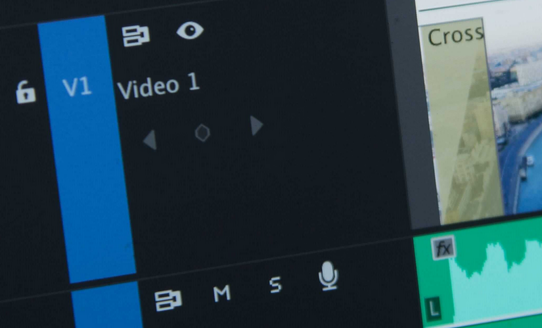What is the Purpose of The Assembly Cut?
Before I knew better, I used to worry that first-time directors who hire us to edit their film might freak when they see the first cut. The Assembly Cut is ugly. It doesn’t look like a film, and it should not be shown to people outside the film’s editorial team.
(Now we forewarn directors, or make sure they’re savvy enough to know the purpose of the Assembly Cut.)
The Assembly Cut shows the film in broad strokes, when shooting is about ninety percent complete. Its purpose is to determine what the film is about, and importantly, what it’s not about.
After viewing it, you’ll ideally be able to answer these key questions:
Is there a film here?
Is the footage best structured as a story-driven or an idea-driven documentary? (One of these approaches will likely be the dominant structure.)
Which characters and experts can be dropped because they are duplicates or dull?
What ideas, themes, and scenes can be cut because they are repetitive or off-topic?
These are tough questions, and they are worth paying a story consultant to help you find answers. But first, whether you are editing yourself or hiring an editor, ensure that the Assembly Cut includes the following:
- The core dialogue or action of every scene that might make it in the film. (To learn more about how to discern this, watch my example at 7 minutes in this tutorial, or 35:45 in this You Tube webinar.)
- Include moments that tug at your heart strings.
- Do not include music, temp narration, or cutaways. No fine cutting. It’s a waste of time because you will probably change things.
Finally, aim for the Assembly Cut to be within 40 percent of the film’s estimated running time. For example, for a TV-hour documentary, the Assembly should be no longer than 78 minutes (40% of 56 minutes is 22 min.) Longer than that, and it becomes too difficult to answer the critical questions above!
